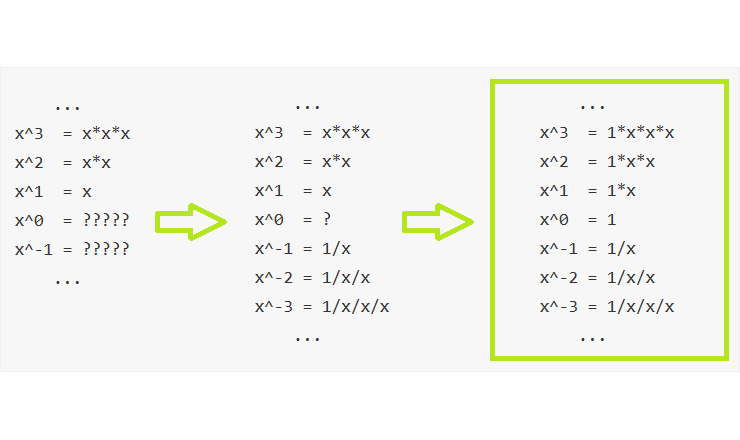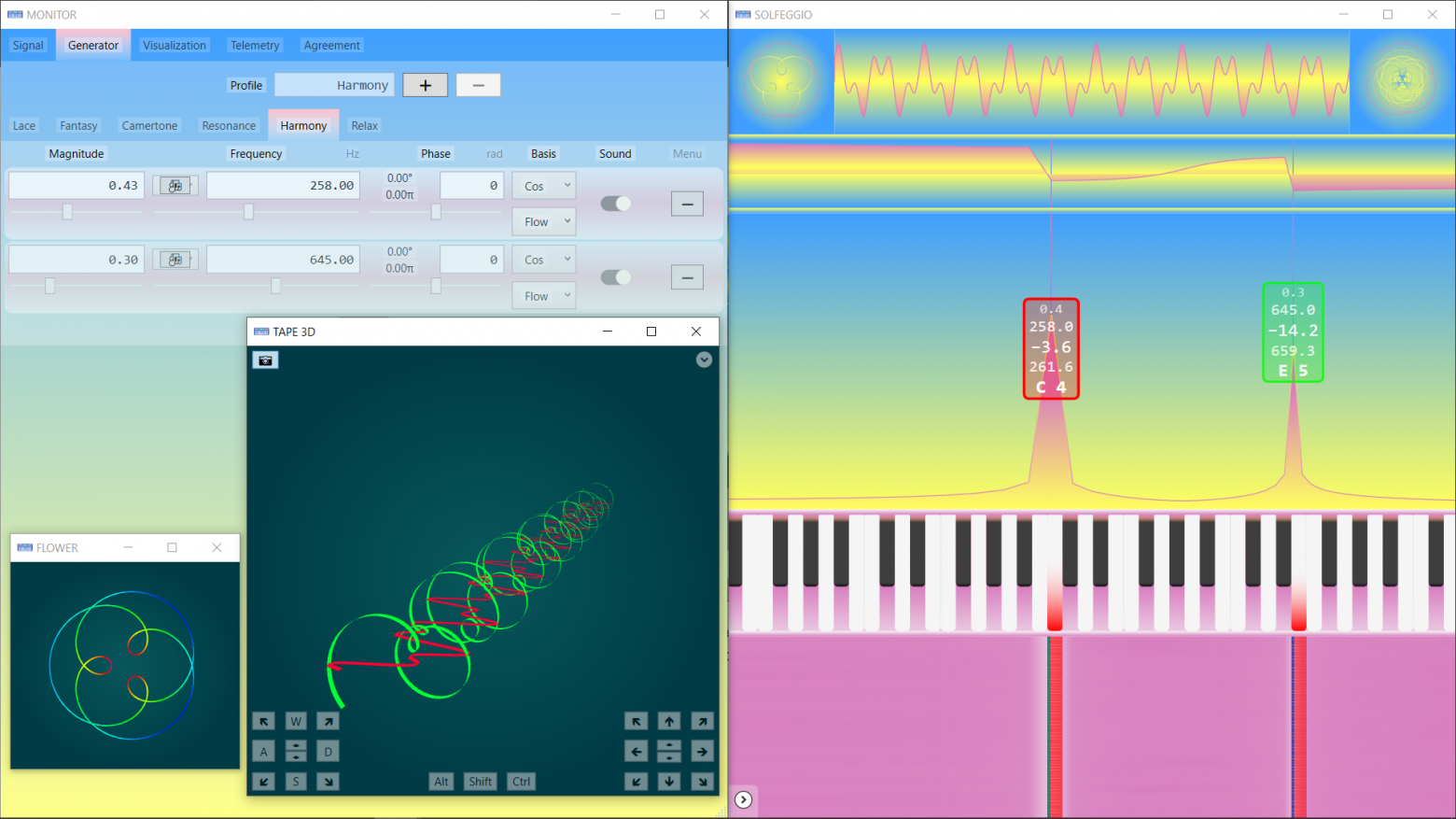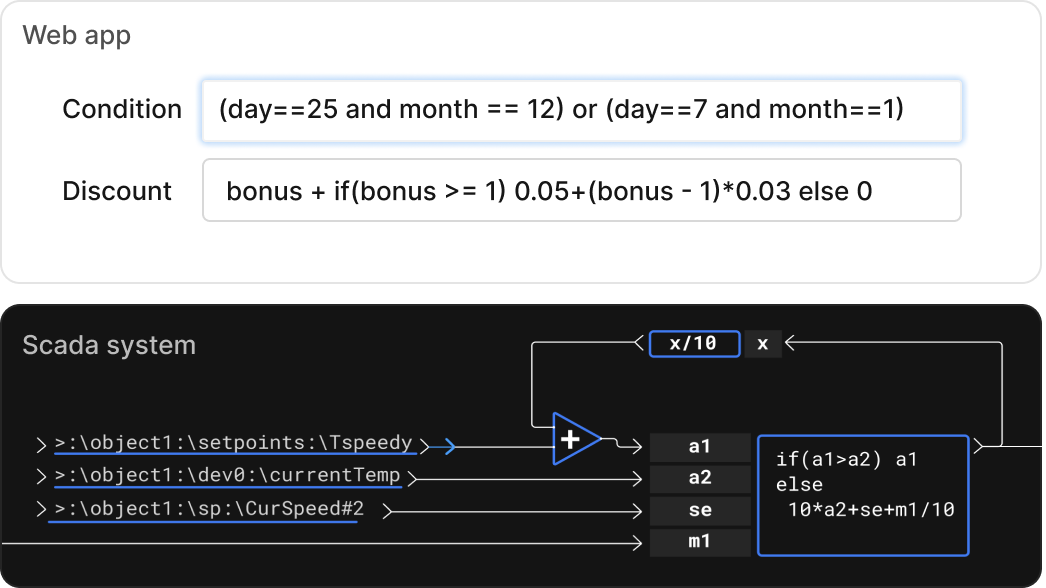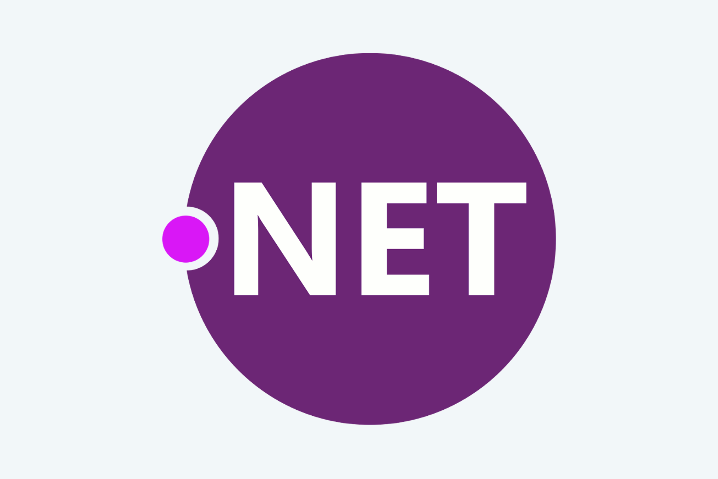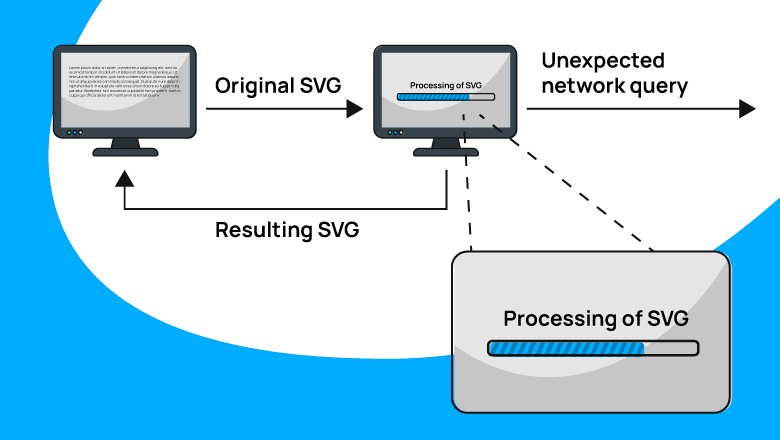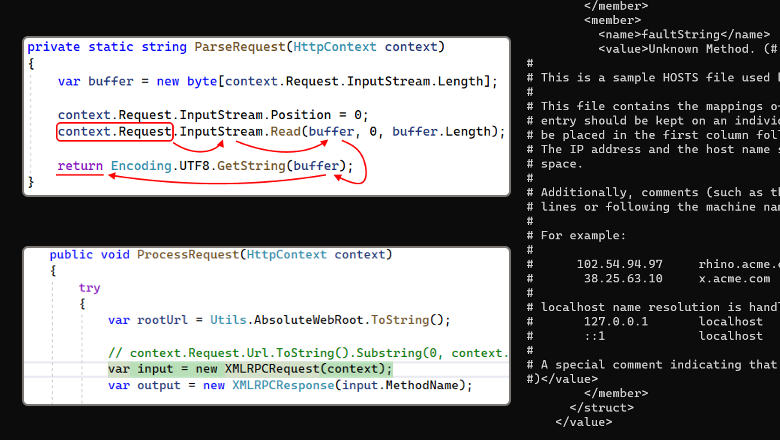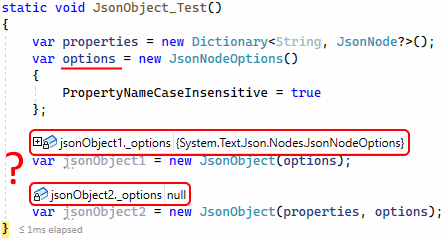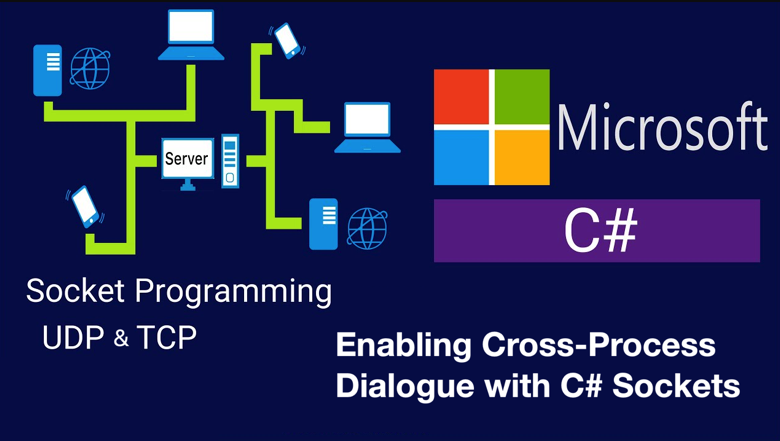
In the ever-evolving landscape of software development, communication between processes has been a fundamental requirement since the inception of computer networking. As technology advanced, the need for efficient and reliable inter-process communication (IPC) mechanisms became increasingly crucial. One such mechanism that has stood the test of time is the socket.
Sockets trace their origins back to the early days of computer networking in the 1970s. The concept was first introduced in the Unix operating system by researchers at the University of California, Berkeley, as part of their work on the ARPANET project, which eventually evolved into the modern internet. Sockets were designed to provide a standardized interface for network communication, allowing processes to exchange data across different machines and networks.
Initially, sockets were primarily used for network programming tasks, such as building client-server applications and facilitating communication between distributed systems. However, their versatility soon became apparent, and sockets found their way into various domains, including inter-process communication (IPC) within a single machine.
Over the years, sockets have undergone numerous enhancements and standardizations, with the Berkeley Software Distribution (BSD) sockets becoming the de facto standard for network programming. This standard was later adopted by other operating systems, including Microsoft Windows, ensuring cross-platform compatibility and enabling widespread adoption.
In the world of software development, communication between processes is a common requirement, whether it’s a client-server architecture, distributed systems, or inter-process communication (IPC). Sockets provide a powerful mechanism for processes to exchange data efficiently and reliably. This article explores a simple implementation of a TCP client-server communication using sockets in C#, showcasing the versatility and robustness of this time-tested technology.


